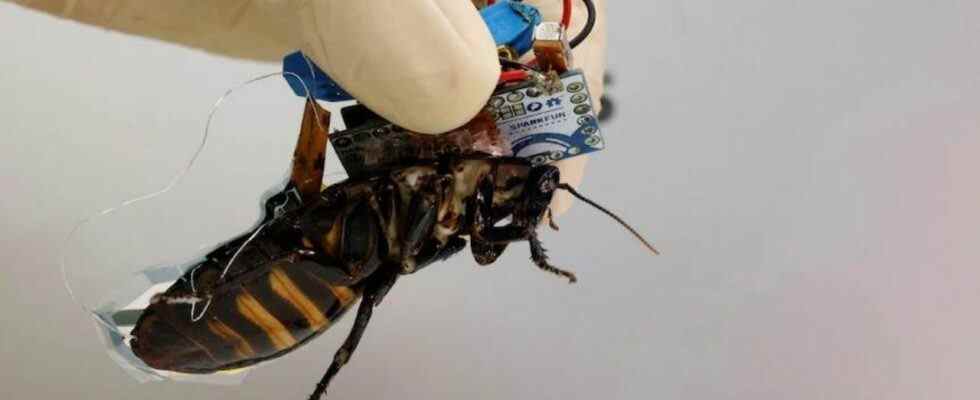With the development of technology, many realizations and realizations that we say ‘can’t’ continue to be realized. Coming soon according to the latest developments ‘cyborg’ swarms of cockroacheswill be in use for earthquake victims. Thus, insects can help earthquake survivors trapped under tons of rubble. first responders likely to happen. Here are the details!
Insects have a 4 micron-thick solar cell film on their abdomen.
A step taken in Japan takes the search and rescue mission in the future as a result of natural disasters to a different dimension. For this task according to development ‘cyborg’ cockroach there will be flocks. Japanese research giant Riken Kenjiro Fukuda at the Thin Film Device Lab The development that we have come across by and his team is quite remarkable.
The team finds it can fit inside the insect’s stomach. 4 microns thick (about one 25th the width of a human hair) solar cell film developed. The film allows the cockroach to move freely. In addition, the battery is used to process and send directional signals to the sensory organs in the back of the insect. enough strength produces. Thus insects, solar cells and electronics ‘backpack’ like to carry.
This work builds on previous insect control experiments from Nanyang Technological University in Singapore. As a result, in dangerous situations in the near future cybernetic bugs instead of robots possible to use. The reason for this is that insects have the opportunity to enter everywhere more efficiently than robots.
Kenjiro Fukuda made a statement on the subject. “The batteries inside the tiny robots are draining quickly, so the exploration time is shortened.” Also in the description because these insects move on their own does not need electricity stated. The team selects Madagascar hissing cockroaches for these experiments. The reason for this is that it is large enough to carry equipment and does not have wings to prevent this situation.

To guide the cyborg cockroach, the researchers used a special computer and Bluetooth signal uses. Insects are also likely to confuse directions, given their own walking abilities. The next difficult step is for the bugs to move more easily and the sensors to be as small as possible.
Thanks to the removable backpack and film, the insects survive inside the laboratory. Thus, insects mature in four months and live up to five years. Researcher Yujiro Kakei unpacks the robotic insect’s backpack 5,000 yen ($35) He stated that he did it with pieces of value.
So, what do you think of these cockroaches? Do not forget to share your views with us in the comments section!

